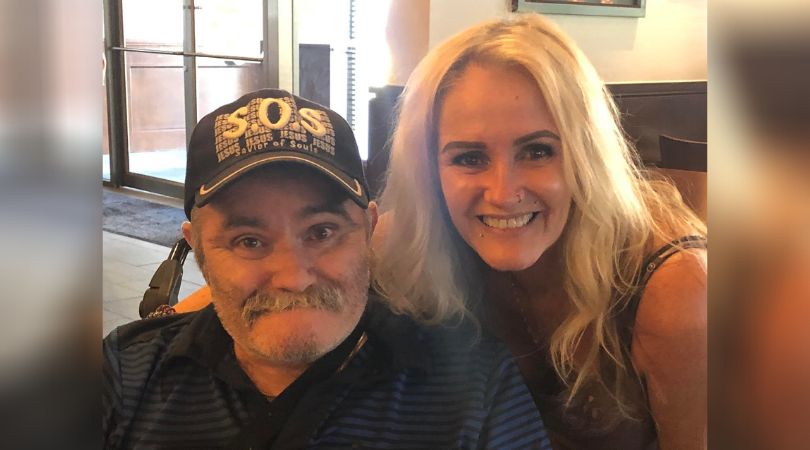
UPDATE - Oct. 23, 2020: The outbreak at Carlingview has now ended, according to a statement from Revera.
Alison Guertin-Keary recalls red flags about the cleanliness and quality of care at Carlingview Manor, the Ottawa long-term care home where 61 residents have died from COVID-19, long before the pandemic.
For one, when her brother James Guertin moved to the home in June 2018, he was in a small, four-bed ward, with residents separated by curtains. He complained of cockroaches — which an inspector found at the home in February of this year — crawling over him as he slept. When she visited, Guertin-Keary was overwhelmed by the smell of human feces. She said her brother was left in a soiled diaper on several occasions.
That, she said, was likely because the home was understaffed — which she believes has been an issue since James moved in and is still a problem now.
“I certainly don’t blame the staff. I don’t think this is their fault. I think that they were in no way prepared to handle what was coming,” Guertin-Keary told HuffPost Canada. “And so, being short staffed to begin with, once COVID hit, they were in way over their heads right from the very beginning.”
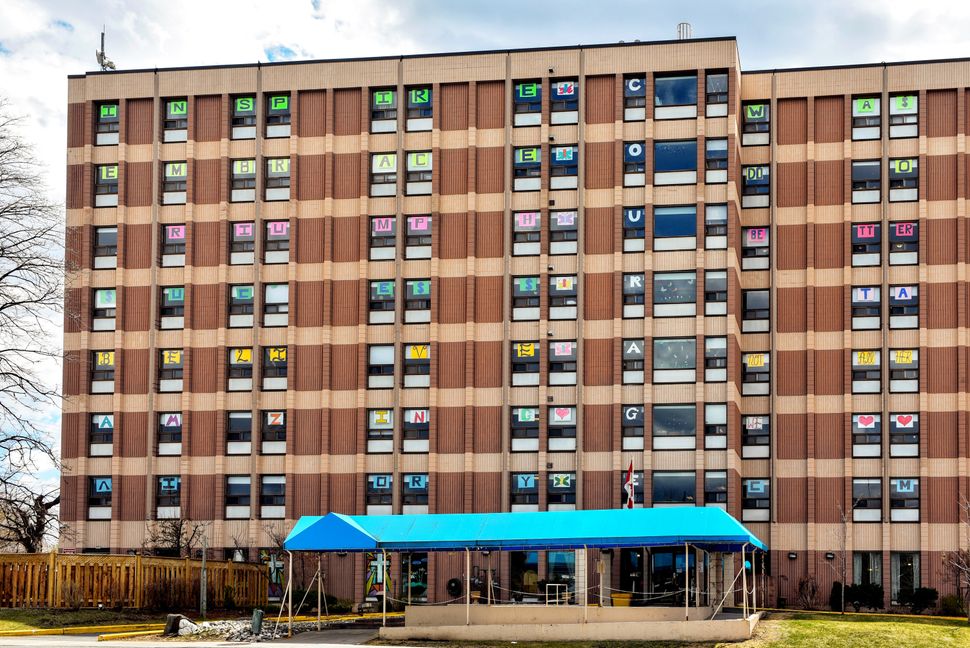
Carlingview is owned by the Revera Inc. long-term care company and has the fourth-highest death roll of any long-term care home in Ontario. During its first outbreak, 170 residents and 89 staff members tested positive. Staff from Queensway-Carleton Hospital were deployed to help the home, Dr. Rhonda Collins, Revera’s chief medical officer, said in a May 1 statement.
In May, HuffPost Canada spoke to relatives and staff from Carlingview Manor and other Revera-owned homes in Ontario who said residents who tested positive for COVID-19 were not isolated, that staff were not given personal protective equipment (PPE) until outbreaks were ongoing and that the homes didn’t communicate about the status of their family members during outbreaks.
At the time, a spokesperson for the company said all Revera homes had access to “sufficient and appropriate” PPE, but did not address HuffPost’s questions about its communications with families or how residents who tested positive for COVID-19 were isolated.
Carlingview is currently experiencing its third COVID-19 outbreak after a staff member tested positive at the beginning of October. During its July outbreak, the resident who tested positive was re-tested and found to be negative, so Revera refers to it as a “potential outbreak,” however, instead of a second official outbreak.
No residents have tested positive since the spring, but family members say they’re worried about the home’s staffing levels, residents declining as they’re confined to their rooms and what the second wave will mean for the hard-hit home.
Carlingview Manor and Revera Inc. have several lawsuits against them, including one that alleges Revera was “systemically negligent” in its care of residents, leading to deaths related to COVID-19. Revera is wholly owned by PSP Investments, a federal agency that manages pensions for federal employees, the RCMP and Canadian Armed Forces, but during the pandemic there have been growing calls to take it public.
WATCH: Ontario restricts long-term care visitor rules. Story continues below.
The federal government approved a request to send the Red Cross to seven long-term care homes in Ottawa, but didn’t say which homes, so it’s not clear if Carlingview will receive assistance.
A spokesperson for the Ontario ministry of long-term care said the ministry has been informed that Carlingview does not have any staffing challenges — and also that no staffing concerns were identified at Carlingview during inspections before COVID-19 hit.
“What occurred at Carlingview Manor earlier in the pandemic is tragic,” the ministry spokesperson said. They said ministry inspectors visited the home on two days at the end of May, and said the home is not currently reporting PPE shortages.
Ontario has earmarked $540 million for the long-term care sector to deal with the second wave, including money for minor renovations, purchasing PPE and hiring more infection prevention and control staff. It also invested millions into supporting direct care services and a training fund for long-term care staff.
Carlingview is “following strict pandemic outbreaks protocols and infection control practices,” Dr. Collins said in an October media statement. Staff are screened at the beginning and end of their shifts and are required to wear a surgical mask and eye protection when working. The home is also disinfecting common areas and high-touch surfaces frequently, she said.
Revera has created a “regional recruitment model” to recruit local staff quickly, the company said in its pandemic preparedness plan released at the end of July. It also put $1 million toward a health-care staffing management platform called BookJane. The company also partnered with Accenture to analyze data from over 100 of its retirement and long-term care homes from the first wave, and will be part of Revera’s pandemic response report later this year.
‘It never should have happened’
Guertin-Keary says it’s “nothing short of miraculous” that James, who is 61, smokes and has primary progressive multiple sclerosis and chronic obstructive pulmonary disease, hasn’t contracted COVID-19 at Carlingview.
In May, he was moved from his room on the fourth floor to one on the fifth floor, where the home put all the residents who smoke. Residents, whether they tested positive or negative for the virus, were all on the same floor and shared an elevator to go outside to smoke, Guertin-Keary said.
In a May email to Carlingview’s executive director, Guertin-Keary wrote that “it feels to me like Russian Roulette for him and other residents, and I am once again rendered speechless.”
“That the government has failed to intervene is yet another testament of how drastically Revera and the Province of Ontario has [sic] failed the very people who are the most vulnerable, those who are alone and have no voice. It is simply unconscionable,” she wrote.
“Sixty people should not have died in that home.”
- Alison Guertin-Keary
In response to Guertin-Keary’s email, Matt Carroll, the home’s executive director, wrote that the home planned to cohort all residents who smoke to one floor “as [a] way of reducing the spread of transmission throughout the home.”
Revera spokesperson Susan Schutta said the company followed public health guidelines when isolating residents who had COVID-19.
Guertin-Keary is part of a proposed class action lawsuit seeking $600 million in damages against 96 Ontario long-term care homes, including Carlingview Manor. She said she wants Revera and the government to be held accountable.
“It never should have happened. Sixty people should not have died in that home,” she said.
If the lawsuit is successful in the future, Guertin-Keary said she would use the damages to move James out of the home. She’s looked around at other homes, but said waiting lists are long and her brother is on a fixed disability income.
Staff shortages ‘a huge barrier’
While Carlingview has an outbreak, all residents have to stay in their rooms. Revera said this is at the direction of Ottawa Public Health. All meals are being served to residents in their rooms and one-on-one activities continue, according to Revera’s statement. All visits — both indoor and outdoor — have also been temporarily cancelled, except visits for palliative residents.
That’s worrying for Emily Hladkowicz, who has visited almost every day since her grandfather Heinz Ziebell moved to Carlingview almost two years ago.
For the four months that the home was on lockdown, she visited outside her grandfather’s third-floor window, sending letters, photos of her and her “poppa,” and the newspaper, all of which staff sanitized and then brought to his room. Some days, when Hladkowicz stood outside and called her grandfather, she’d watch him struggle to stand up.
“You could see the physical decline, and his verbal skills went down,” Hladkowicz, a PhD candidate in aging and health through Queen’s University, told HuffPost. “He was asking me why he was locked up and what he did wrong. It was heartbreaking.”
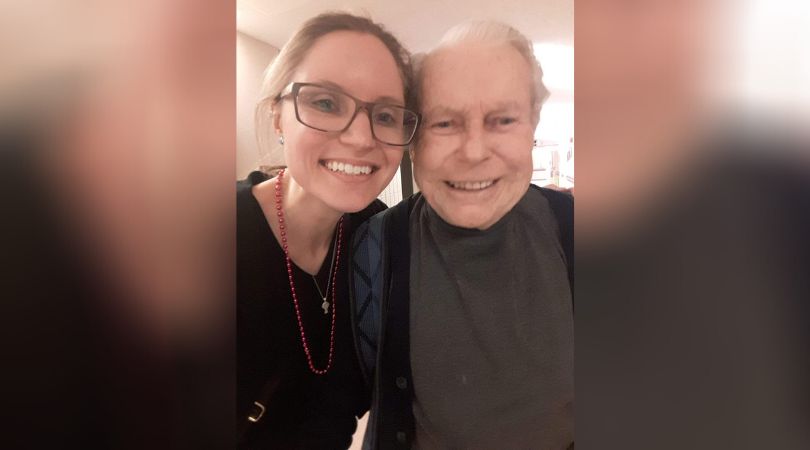
During those first four months of lockdown, Hladkowicz said only residents who smoked were allowed to go outside. She reached out to the home’s director, asking how the home could make a plan to allow all residents to go outside safely, but didn’t hear back.
Schutta, the Revera spokesperson, said residents were taken outside when weather and COVID-19 isolation protocols allowed for it.
Hladkowicz was allowed in for some visits when the home cleared the outbreak. But one day, a staff member suggested moving a visit to another time, because they said there weren’t enough staff to facilitate it. Staff shortages are a “systemic issue”at Carlingview, she said, which is a “huge barrier” to any activities, or taking residents outside.
She said the home has been short staffed since her grandfather moved in. Prior to the pandemic, staff on her grandfather’s floor seemed to rotate constantly, meaning her grandfather didn’t have a common face to see. Schutta said the home’s staffing is currently stable.
Hladkowicz believes if the home had more staff — or if more people designated as essential caregivers could be allowed in — then residents like her grandfather could get outside. According to the Ontario ministry of long-term care, only one caregiver can visit a resident where a home has an outbreak. But Hladkowicz is not her grandfather’s one essential caregiver, so she’s back to her window visits.
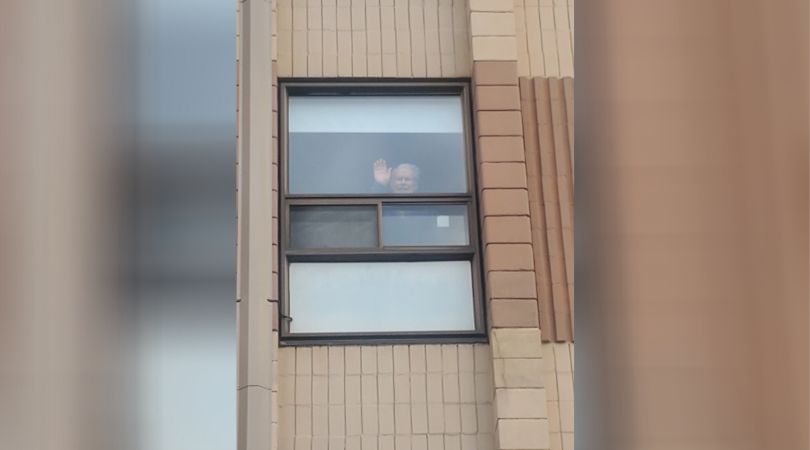
Laura Tamblyn Watts, the CEO of seniors’ advocacy organization CanAge, said the confinement of residents in their rooms “simply can never happen again.” To ensure it doesn’t, essential caregiver policies are critical, she said.
Tamblyn Watts also said Ontario’s temporary wage increase for long-term care staff — $3 per hour for about 50,000 eligible workers — is a positive step, but “really only a drop in the bucket” of what is needed given staff are likely exhausted and temporary summer staff have moved on.
“Now staffing is perhaps shorter and more pressed than it ever has been,” she said. “So as we enter in the second wave, I am more concerned with staffing than I was even three months ago.”
Carlingview facility ‘not adequate’
Ottawa City Councillor Theresa Kavanagh, who represents the ward where Carlingview is located, is among those who are concerned about the home.
“The numbers spoke, but when I heard from families about how they’ve been feeling about the place, even before this happened … it felt like they knew something was building up, because they’ve had concerns for a long time about this place,” she told HuffPost.
The Bay Ward councillor wrote a letter to Premier Doug Ford at the beginning of August asking for the province’s commission into long-term care to specifically examine Carlingview.
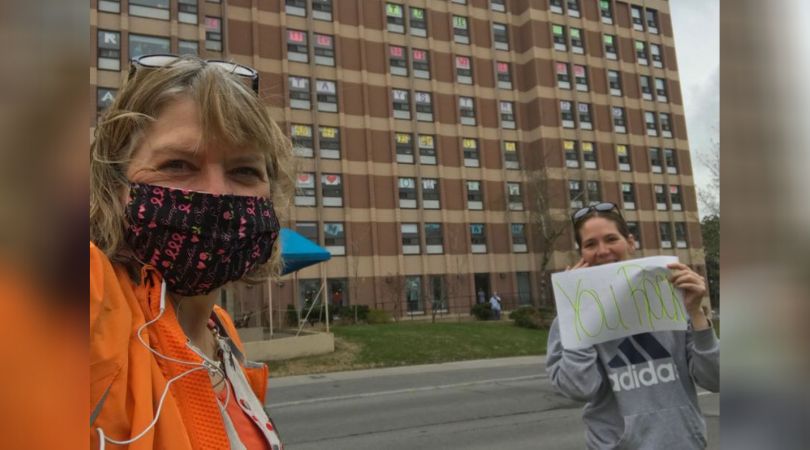
“There were red flags that have been raised on the poor conditions of these kinds of facilities, privately operated ones before [the pandemic],” Kavanagh said. “People could see that the care was just not there, when you have staff rushing around trying to look after all these people.”
She is also concerned about the facility itself. Carlingview Manor was built in 1972, and has 303 beds. Long-term care homes built after 1998 in Ontario were required not to have more than two beds to a room. Older homes didn’t have to immediately meet that regulation, but homes built to 1972 standards like Carlingview will have to redevelop to have a maximum of two people per room in order to have their license renewed in 2025.
“The building is not adequate for the number of people,” Kavanagh said, calling it a “last resort” for families who are faced with a shortage of long-term care beds or who can’t afford more expensive homes with better conditions.
One proposed $25 million class action that specifically targets Carlingview alleges the home failed to renovate its building designs, contributing to the spread of COVID-19, that it failed to implement staff screening and social distancing of residents, that the home was severely understaffed and that there was a failure to provide adequate PPE to staff. A Revera spokesperson said the company will respond to the class action in court “at the appropriate time.”
Lucy G. Jackson, an associate at Thomson Rogers, the firm that issued the proposed class action, said there are concerns about the building’s outdated design affecting residents during the pandemic.
Larry Roberts, a spokesperson for Revera, said the company applied to redevelop all of its “C-bed homes” meaning homes that meet 1972 standards, including Carlingview Manor, in the 2017-18 year. Revera resubmitted the applications in the 2019-20 year under a new program and is waiting for approval from the ministry of long-term care.
He said the company has purchased land to redevelop and expand Carlingview Manor. The home currently has 27 rooms with four beds, which are now limited to two people to a room.
“Revera is ready to make significant investments in renewing our long-term care homes now and we look forward to advancing these projects, including Carlingview Manor, as soon as possible,” Roberts said.
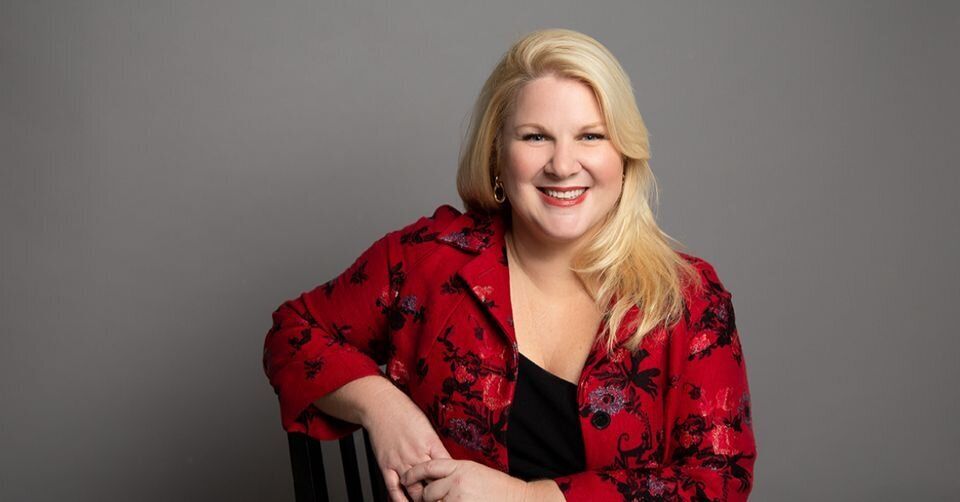
It’s a challenge to maintain infection prevention and control practices when homes have shared rooms or bathrooms, CanAge’s Tamblyn Watts said.
Building homes that are smaller, village-like environments with fewer residents is also better for infection control, compared to larger buildings with multiple floors where infections can “spread like rapid wildfire,” she said.
Revera’s pandemic preparedness plan also says that what happened in the first wave suggests older homes with ward-style rooms have infection control challenges. The company “plans to no longer operate four-bed ward rooms.”
‘We were terrified every day’
Jackson, the lawyer, said a common concern she’s heard from families is a lack of communication about what happened at the home.
Charlie Senack, whose grandmother Patricia Oborne lives at Carlingview, said although communication has improved, during the pandemic he has had to do extra work to get information. He was calling and emailing the home, Revera and people in the government to find out what was happening.
During the first wave, “we were terrified every day, seeing the numbers climb, the number of deaths climb,” he said.
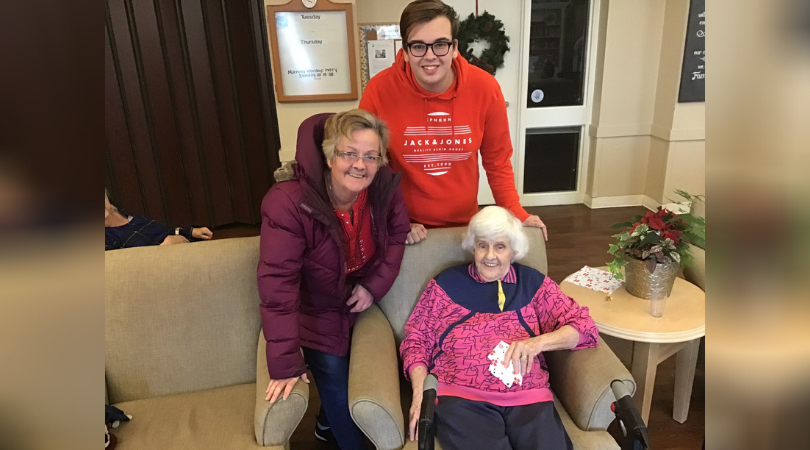
Roberts, the Revera spokesperson, said Carlingview has emailed family members “frequently” in addition to providing phone updates. He said the home is only allowed to communicate with a resident’s power of attorney or substitute decision maker, but encourages primary contacts to share updates with other family members if they choose to.
Senack said his family has generally been happy with the care Patricia, who is 87, received and the quality of staff on her floor in the roughly two-and-a-half years since she moved in. But he has had concerns during the pandemic.
Even after the Ontario government released a directive mandating long-term care home staff to work only in one facility, Senack said a family member who was at the hospital talked to staff who said they were still working in Carlingview and other homes because of the dire staff shortage. Revera’s spokesperson said all help from hospitals followed public health guidelines.
Although he knows keeping residents in their rooms an important safety measure, Senack said he worries that keeping residents in the room will cause them to deteriorate, as his grandmother has. He also worries about the extra work for already-burned out staff to take resident’s temperature, administer COVID-19 tests and bring them individual meals.
Concerns about staffing at the Ottawa home are not new. Cathy MacLean’s mother Gillie lived at the home from 2011-2015, and she told HuffPost the home was short staffed back then, too. For MacLean, concerns about staffing have an added dimension. Her mom received decent care at the home, she said, but about a month before her mom’s 95th birthday, in 2014, she was assaulted by a PSW at Carlingview.
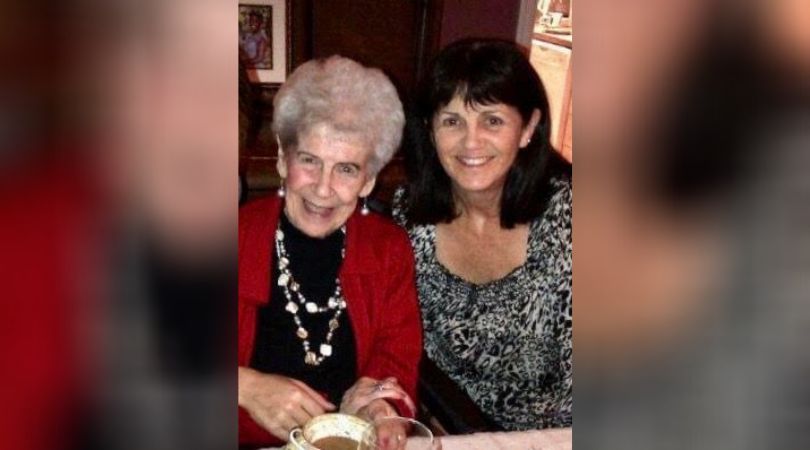
Gillie had been ringing her call bell at night, trying to signal a staff member to come to her room to help her use the bathroom. When a PSW arrived, she seemed fed up with the constant ringing and fought with the elderly resident to take the call bell away from her.
The PSW ended up fighting with Gillie, ripping skin off her arm before throwing the bell on the floor so she couldn’t access it. She closed her door and left Gillie bleeding in her bed. Her blood-stained nightgown was found in the laundry bin the next morning, MacLean said.
HuffPost has reviewed court documents from the case that show the PSW was found guilty of assault causing bodily harm and discharged on a count of forcible confinement. She was given a six-month conditional sentence. Revera’s spokesperson Schutta said she couldn’t comment on former employees for privacy reasons.
“It was horrible. What she did was completely wrong,” MacLean said. “But I look back — why did she do that?” She believes the staff member “must have been at her wit’s end,” although the court documents don’t give any insight into the worker’s motive. She wonders if she had worked a double shift, or if there were a lack of mechanisms in place for staff at the home to get help for their mental health. It’s a stressful job and there needs to be a system to prevent burnt out workers from having to work so much, she said.
MacLean said her heart goes out to families who have loved ones at Carlingview or other long-term care homes right now.
“You would just be at a loss — it would be up to the nurses and the people that work there to give you updates on your loved one, and that may or may not be accurate,” she said. “I just can’t even imagine.”